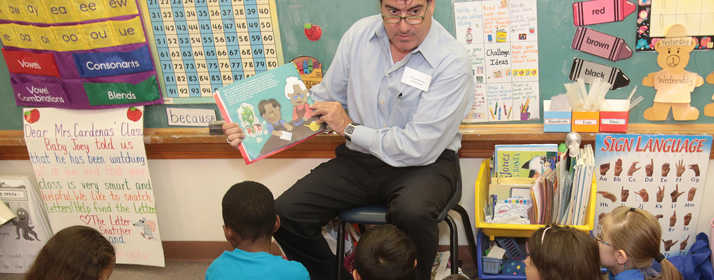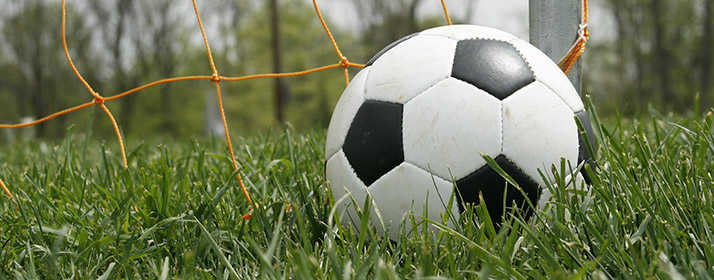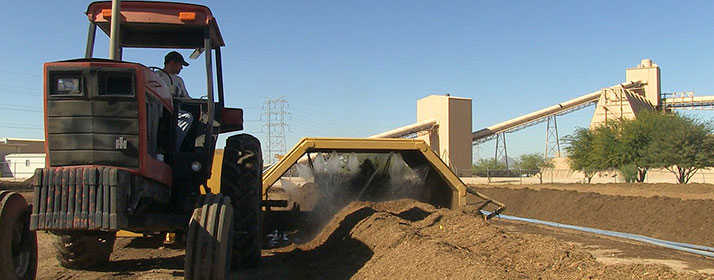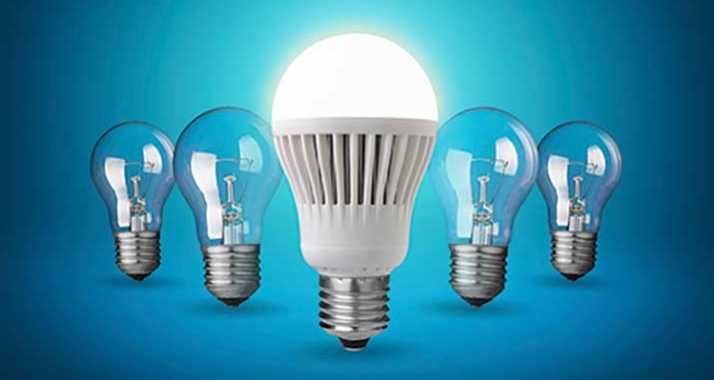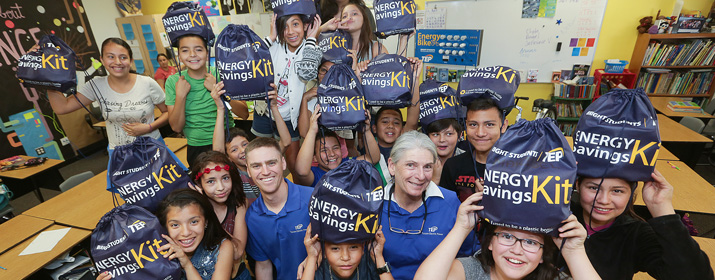
Tucson Electric Power is expanding its popular Bright Students program, which educates thousands of students each year about the benefits of energy conservation through hands-on lessons.
Bright Students is a three-part program aligned with Arizona Department of Education science standards that is conducted in classrooms throughout the state to teach middle-school students about electricity and energy conservation.
The initiative is sponsored by TEP at no cost to schools and teachers. TEP contracts with Tucson-based Environmental Education Exchange, a non-profit organization that aims to increase environmental awareness, to carry out the program.
The program started in 2011 and has grown ever since. In 2015, Bright Students program educators visited 244 classrooms, teaching more than 6,700 students within TEP’s service territory. This year, the program will reach about 7,200 students.
“Many teachers are interested in adding this resource to their classrooms,” said Edith Garcia, a TEP Residential Energy Efficiency Program Manager.
First, classroom teachers introduce lessons about the basics of electricity, energy and conservation. Next, Bright Students presenters visit the classes to go over ways to save energy.
Students ride the program’s Energy Bike to experience how much pedaling is required to generate enough energy to light up incandescent, Compact Fluorescent Light, or CFL, and Light-Emitting Diode, or LED, bulbs.
They also receive an energy efficiency kit with a drawstring backpack that includes six CFL bulbs, an LED nightlight, a low-flow showerhead, a faucet aerator and thermometers for their refrigerator and freezer. The items can help their families save energy while encouraging discussions about energy efficiency.
Teachers follow up by asking students to conduct and review basic energy audits for their homes.
“The Bright Students program allows our company to invest in our community’s future by helping to conserve energy and preserve our environment,” Garcia said. “It allows us to make a positive impact in the students’ households, particularly in regards to the choices they make about their energy consumption.”

